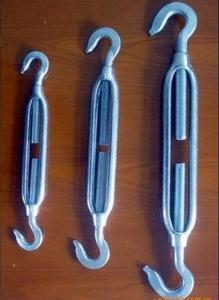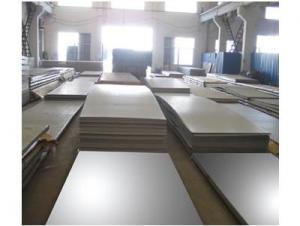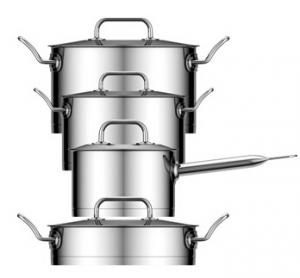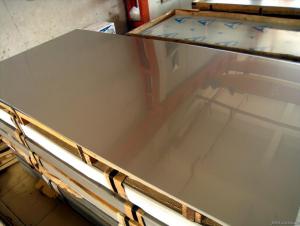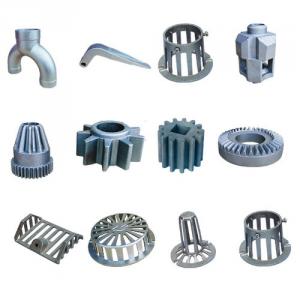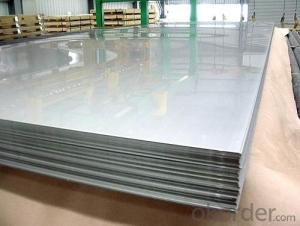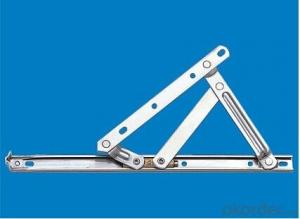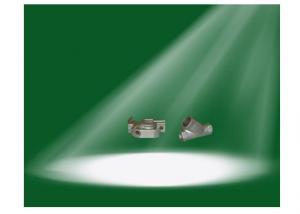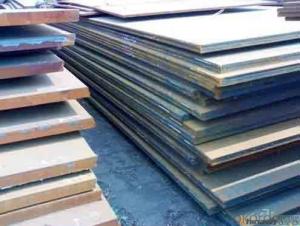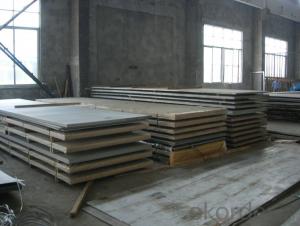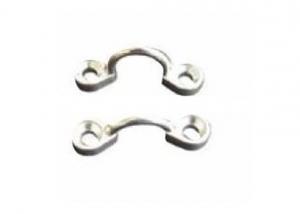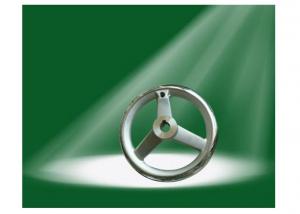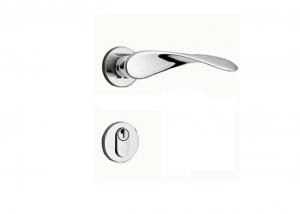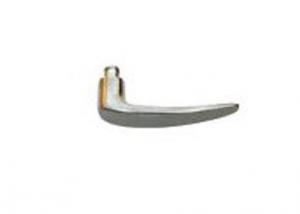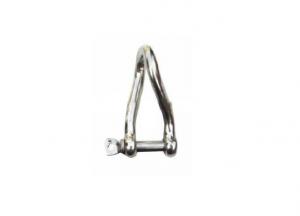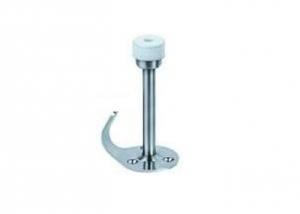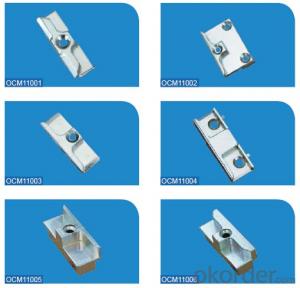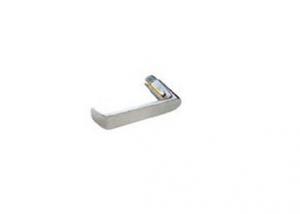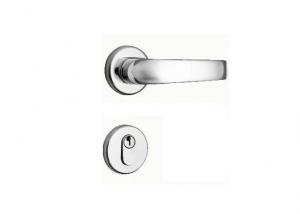Scratches In Stainless Steel
Scratches In Stainless Steel Related Searches
Scratches On Stainless Steel Stainless Steel Scratches Fix Stainless Steel Scratches Stainless Steel Scratch Fix Scratched Stainless Steel Scratched Stainless Steel Stainless Steel Scratch Removal Acid Stains On Stainless Steel Stainless Steel Rusts Stainless Steel Flashing Rust On Stainless Steel Rust From Stainless Steel Stainless Steel Corrosion Stainless Steel Tarnishing Stainless Steel Strips Stainless Steel Scrap Stainless Steel Collision Stainless Steel Fingerprints Scrap Stainless Steel Stainless Steel Brakes Stainless Steel Elements Stainless Steel Texture Bleach On Stainless Steel Stainless Steel Brushes Pitting On Stainless Steel Stainless Steel Restoration Tarnishing Stainless Steel Stainless Steel Studs Stainless Steel Discoloration Stainless Steel SnapsScratches In Stainless Steel Supplier & Manufacturer from China
Scratches In Stainless Steel is a specialized product designed to address the issue of unsightly scratches on stainless steel surfaces. This innovative solution is formulated to effectively remove or minimize the appearance of scratches, restoring the pristine look of stainless steel items. The product is particularly useful in various settings, such as kitchens, bathrooms, and commercial establishments, where stainless steel appliances and fixtures are commonly used. By applying Scratches In Stainless Steel, users can maintain the aesthetic appeal and longevity of their stainless steel possessions.In practical application, Scratches In Stainless Steel is easy to use and can be applied to a wide range of stainless steel products, including cookware, cutlery, and architectural elements. The product works by filling in the scratch with a material that closely matches the original surface, thereby reducing the visibility of the scratch. This makes it an ideal solution for both minor and more severe scratches, providing a cost-effective alternative to replacing damaged items. Whether used for personal use or in a commercial setting, Scratches In Stainless Steel offers a convenient and efficient way to maintain the appearance of stainless steel surfaces.
Okorder.com is a reputable wholesale supplier of Scratches In Stainless Steel, offering a vast inventory to cater to the needs of various customers. With a commitment to quality and customer satisfaction, Okorder.com ensures that the product is available in bulk quantities at competitive prices. This makes it an excellent choice for businesses and individuals looking to purchase Scratches In Stainless Steel in large quantities for their projects or repairs. By partnering with Okorder.com, customers can benefit from the convenience of a one-stop shop for all their Scratches In Stainless Steel needs.



